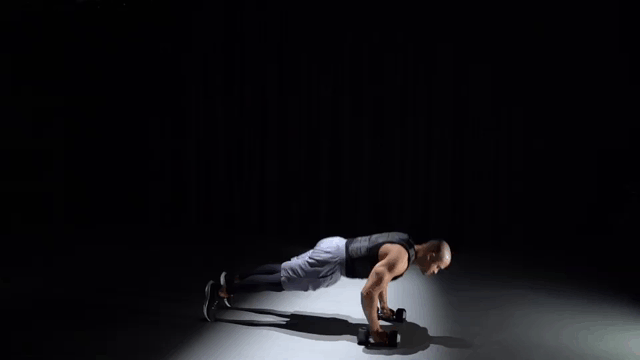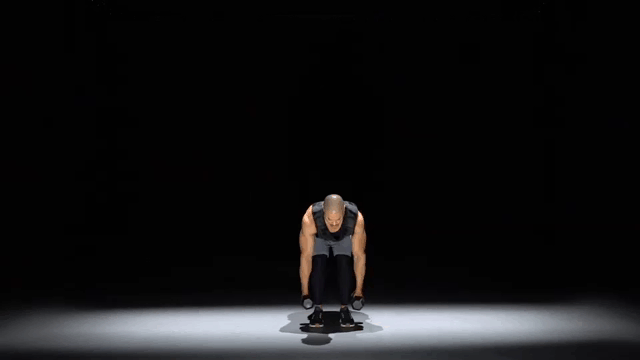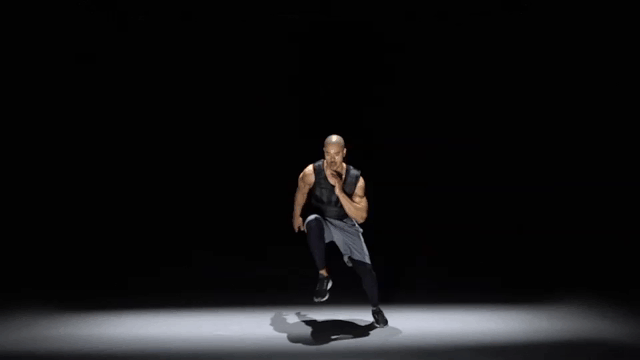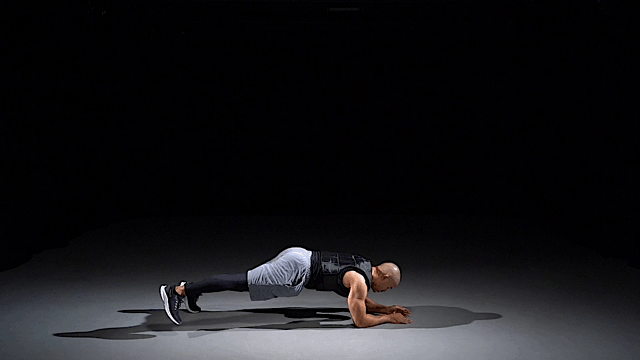How To Get The Most Out Of Short Workouts
So, a lot of folks believe that longer workouts are the key to real fitness gains. They think you need to spend hours at the gym to get results. But, you know, there’s more to the story…
This belief has deep roots. We’ve been conditioned to think that more time equals better results.
It’s everywhere – in magazines, on social media, you name it. But the truth is, High-Intensity Interval Resistance Training (H.I.R.T.) is flipping the script. H.I.I.T. and H.I.R.T. are two of the most researched fitness topics year on year.

Thinking you need to spend hours in the gym can lead to frustration and even cause you to avoid the gym in the first place.
When you can’t find the time for marathon workouts, you might feel like you’re falling short. But in reality, shorter, focused H.I.R.T. sessions can be just as, if not more, effective.
Let’s crunch the numbers:
Short Workouts: The Power of Intensity
Short, intense workouts have gained popularity for good reason. This article dives into a study about a pretty unique cycling training method.
They had folks doing super short bursts of high-intensity cycling – just four seconds at a pop. And guess what? It turned out to be a real game-changer.
The study found that this approach not only boosted aerobic and anaerobic performance but also cranked up power output and cycling efficiency.
It just goes to show, even those quick, intense bursts of exercise can have some serious positive effects on your fitness and performance!
A study found that 80% of blood metabolites were affected by cardio exercise of about 12 minutes. 🏃♂️ Numerous biological pathways are connected to these metabolites & are associated with favorable health outcomes.🚴♀️ A short bit intense #workout could have major #health benefits. pic.twitter.com/dSviHlGXco
— Kristie Leong M.D. (@DrKristieLeong) July 19, 2023
Multiple studies show that a 20-minute H.I.R.T. session can deliver the same benefits as an hour-long moderate workout. It’s like getting a day’s worth of exercise in a fraction of the time.
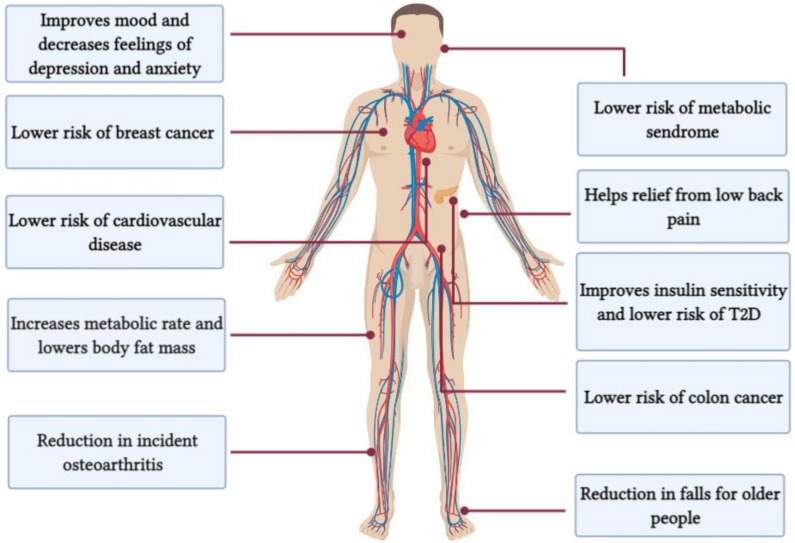
Long Workouts: Endurance and Beyond
On the flip side, longer workouts can be a great fit. They build endurance, target specific muscle groups, and provide a chance for greater variety. But, they also demand more time and energy.
You know, it’s interesting – even those athletes who usually go for those long, endurance-style workouts can still get a ton of benefits from short, intense ones.
Back in the 1930s, a German physician and coach named Woldemar Gerschler teamed up with cardiologist Herbert Reindel to create a special training approach.
They had athletes do a quick run, aiming for a heart rate of 180 beats per minute, then took a rest until their heart rate dropped to 120 beats per minute before starting the next round.
They figured that this rest time between the high-intensity bursts was the real game-changer, giving the heart the chance to grow stronger and bigger. And you know what? Their hunch was right.
They found that just 21 days of this high-intensity interval training led to a 20% increase in heart volume and a boost in the endurance of middle- and long-distance runners.
Pretty impressive, right? One of the most iconic athletes to jump on this interval training bandwagon was Sir Roger Bannister. This guy was the first to run a mile in less than 4 minutes. His training routine? Ten sets of sprinting 400 meters in under a minute, each separated by a 2-minute breather. It just goes to show, sometimes less really is more.
Comparing the Gains
When it comes to pure calorie burn, long workouts often come out on top.
But if we’re talking about afterburn – the calories your body continues to torch after the workout – short, intense sessions can bring similar results as longer workouts.
You know, it’s worth mentioning that those longer resistance training sessions have their own set of perks, especially when it comes to things like body composition and bone density. They can really work wonders in those departments.
But for the sake of this article, we are focusing on getting the most of our H.I.R.T. sessions when we are short on time. So, defining specific fitness goals you want to achieve with short workouts, and having a specific protocol in mind will help.
Short Workout Protocol
Here’s where it gets interesting. If you’re short on time, going all out for 20-30 minutes (or less) can be a game-changer. Here is how to do it:
-
Workout Design: Design a workout routine that includes compound movements like squats, deadlifts, and chest presses. These exercises engage multiple muscle groups simultaneously, maximizing the efficiency of your short workout.
-
Exercise Choice: Perform exercises at maximum effort for short bursts, followed by brief periods of rest or lower-intensity activity.
-
Time-Blocking Workouts: Schedule your short workouts in advance and treat them as non-negotiable appointments in your calendar. This ensures you allocate dedicated time for exercise amidst your busy schedule.
-
Practice Mindful Breathing: Before starting your short workout, take a few minutes to engage in deep, focused breathing. This helps center your mind and prepare for a productive session.
-
Plan Pre-Workout Meals: Focus on a balanced meal rich in complex carbohydrates and lean proteins about 1-2 hours before your short workout. This provides sustained energy for your intense session.
-
Prepare Post-Workout Snacks: Have nutrient-dense snacks ready for post-workout recovery. Include a combination of protein and carbohydrates to support muscle repair and replenish glycogen stores.
-
Prioritize Quality Sleep: Ensure you’re getting adequate sleep to facilitate proper recovery. Aim for 7-9 hours of quality rest each night to support muscle growth and overall well-being.
Sample H.I.R.T. Workout
When I build my own workouts, I make sure I add the following for a total body workout:
- Push Exercise
- Pull Exercise
- Leg Exercise
- Cardio Exercise
- Core Exercise
Summary
The old belief that only long workouts lead to fitness gains is fading. More and more studies are showing the effectiveness of H.I.R.T. vs. traditional training methods in achieving fitness goals. It’s a shift towards smarter, more efficient workouts.
In a nutshell, H.I.R.T. is a game-changer for those short on time. It’s not about how long you work out; it’s about how effectively you push yourself. Making this shift can lead to better results in less time, making fitness more accessible and achievable for you.
If you want to try out a couple of short, effective workouts, join Sqwod’s Community in the app. Engaging with like-minded individuals can provide motivation, accountability, and a source of inspiration. You can view the workouts others are building, or even take one that you like.
By incorporating the actionable steps above, you’ll be ready to maximize the potential of your short workouts. Remember, consistency and dedication are key.
Over the last decade, Tee Major has worked with top fitness brands such as Nike, Puma, Reebok, and Adidas as a fitness model. As a strength & conditioning coach, he trained Olympians, NFL, NCAA, the USMC, Army, USAF, SOCOM. As an entrepreneur, he authored Urban Calisthenics in 2018 with Penguin Random House. He runs a company called, Sqwod which creates products and services to help fitness creators build run, and scale fitness brands.

